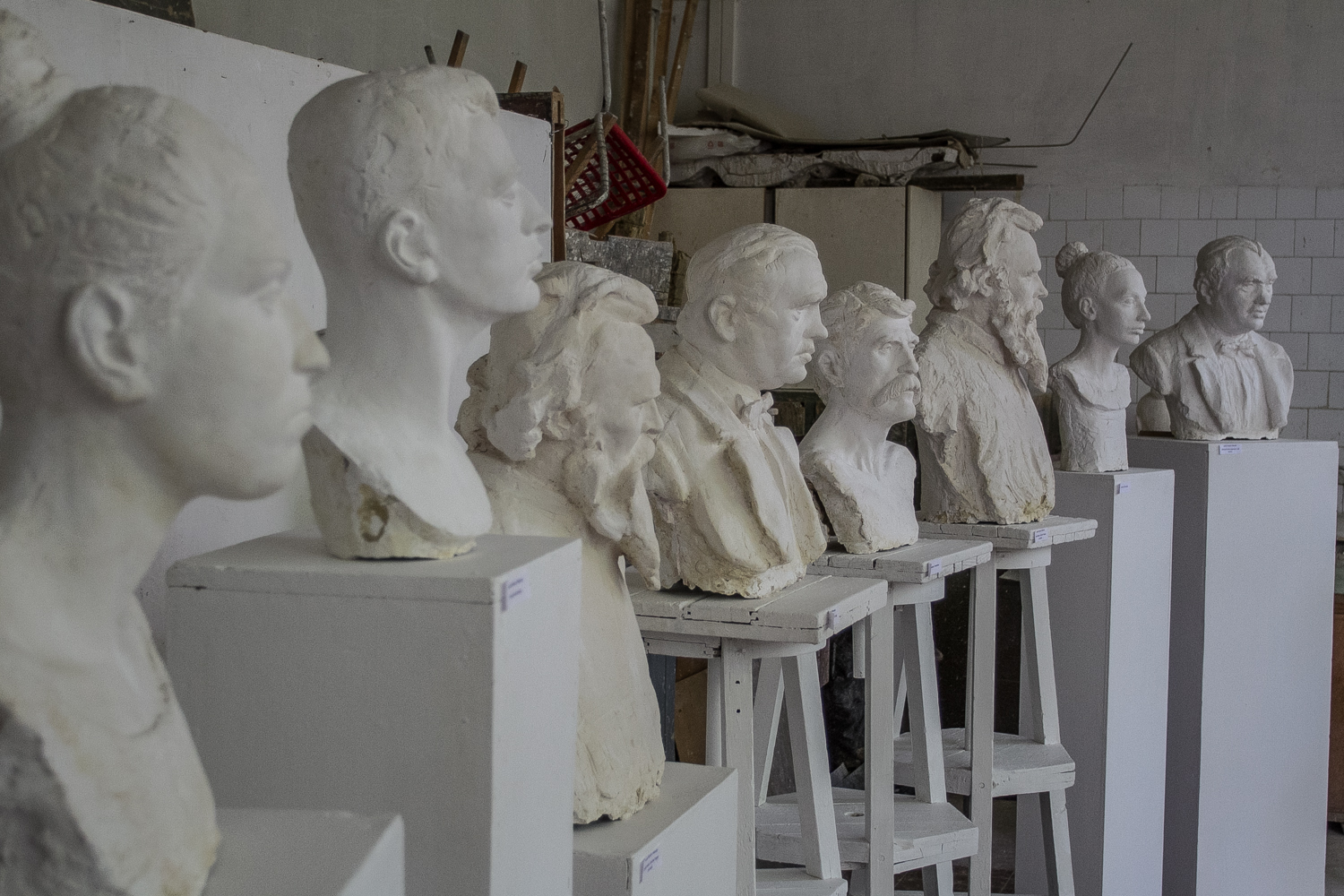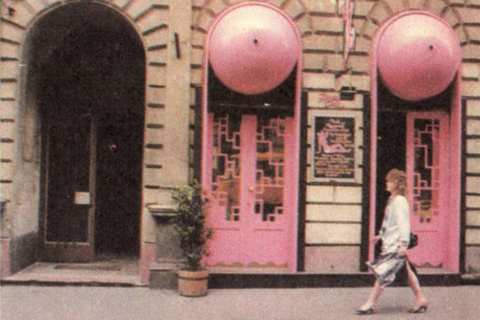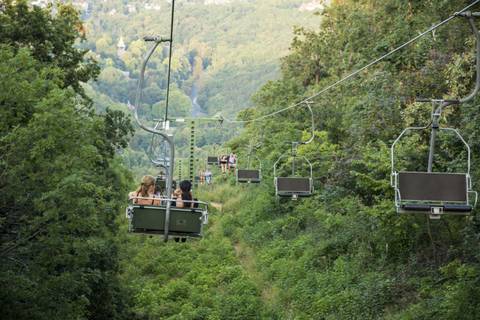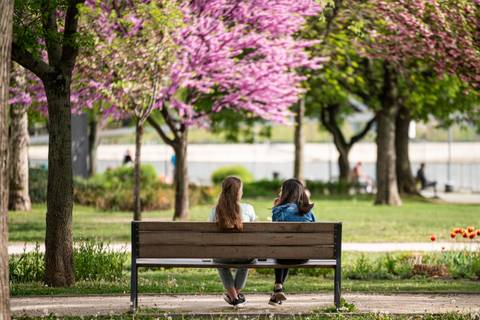Many locals have heard the name Epreskert, but only a few are actually familiar with the aesthetic wonderland that hides behind its fences. The park – nestled between the imposing mansions of Pest near Heroes' Square – has been one of the most important bases for the city's art scene for well over a century now.
Garden and campusThe romantic Epreskert ("Strawberry garden") near Andrássy Avenue took its name from the strawberry plants inside. The art estate started to receive more attention at the beginning of the 1880s, and the first studio building was followed by several additional pavilions – most of these are still there today, though in slightly modified forms. The garden was designed by Alajos Stróbl, who was a key figure in the first period of the estate.
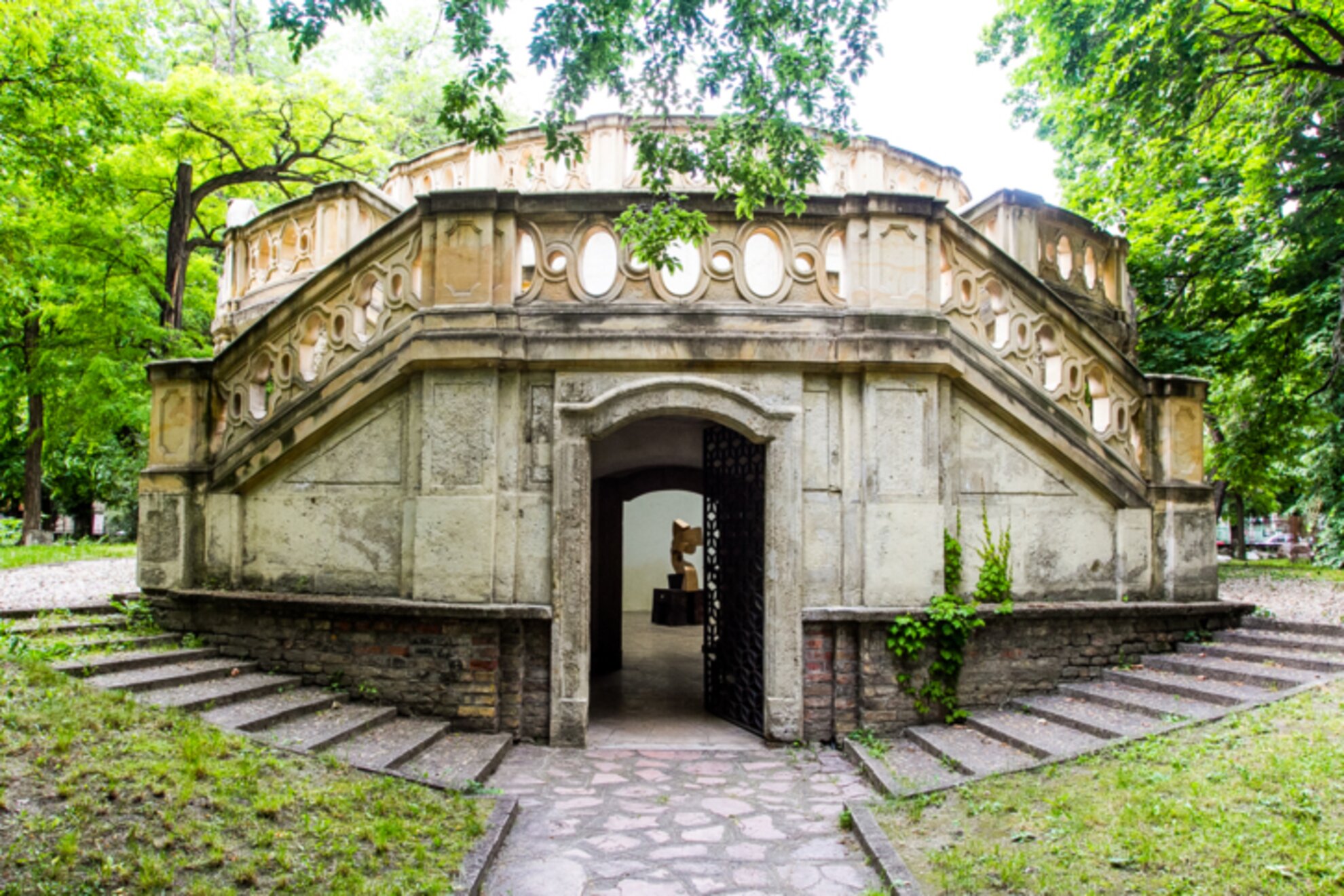
For example, he also saved the circular building standing in the middle of the garden: with his students, he dismantled the Baroquechapel (built between 1744 and 1749) of Kálvária Square in 1893 and transferred it to its present location in
Epreskert, stone by stone.
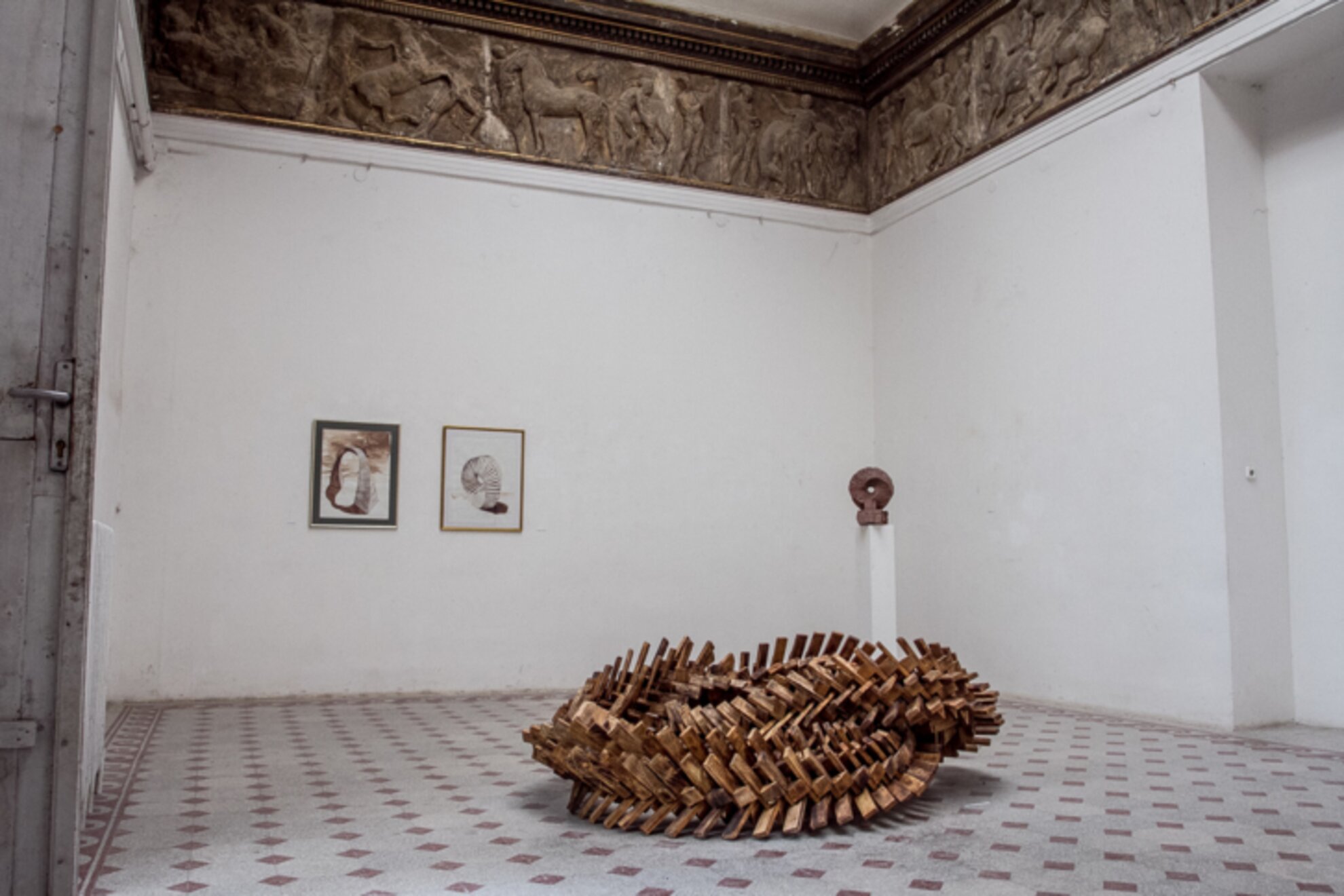
Artists then…
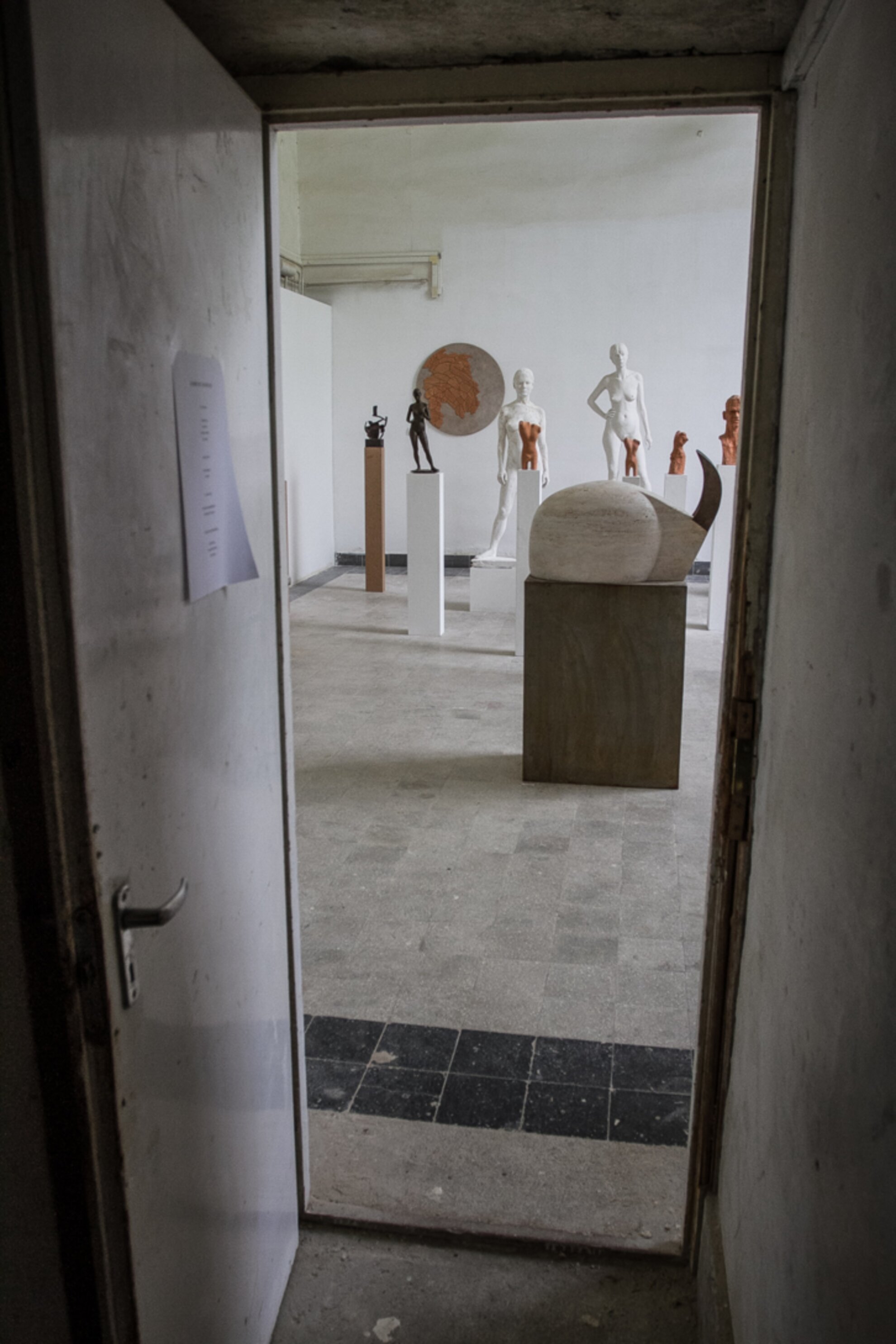
The artists not only studied and worked here – the majority of them also bought apartments and mansions near Sugár Street, which was largely undeveloped at the time, so the university buildings played a big role in Andrássy Avenue's urban development. The sculptors had Lendvay Street, the painters had Bajza Street, and social life was truly blooming in the joint mansion of novelist Jókai Mór and painter Árpád Feszty, since the writer's adopted daughter married the famous panorama artist.
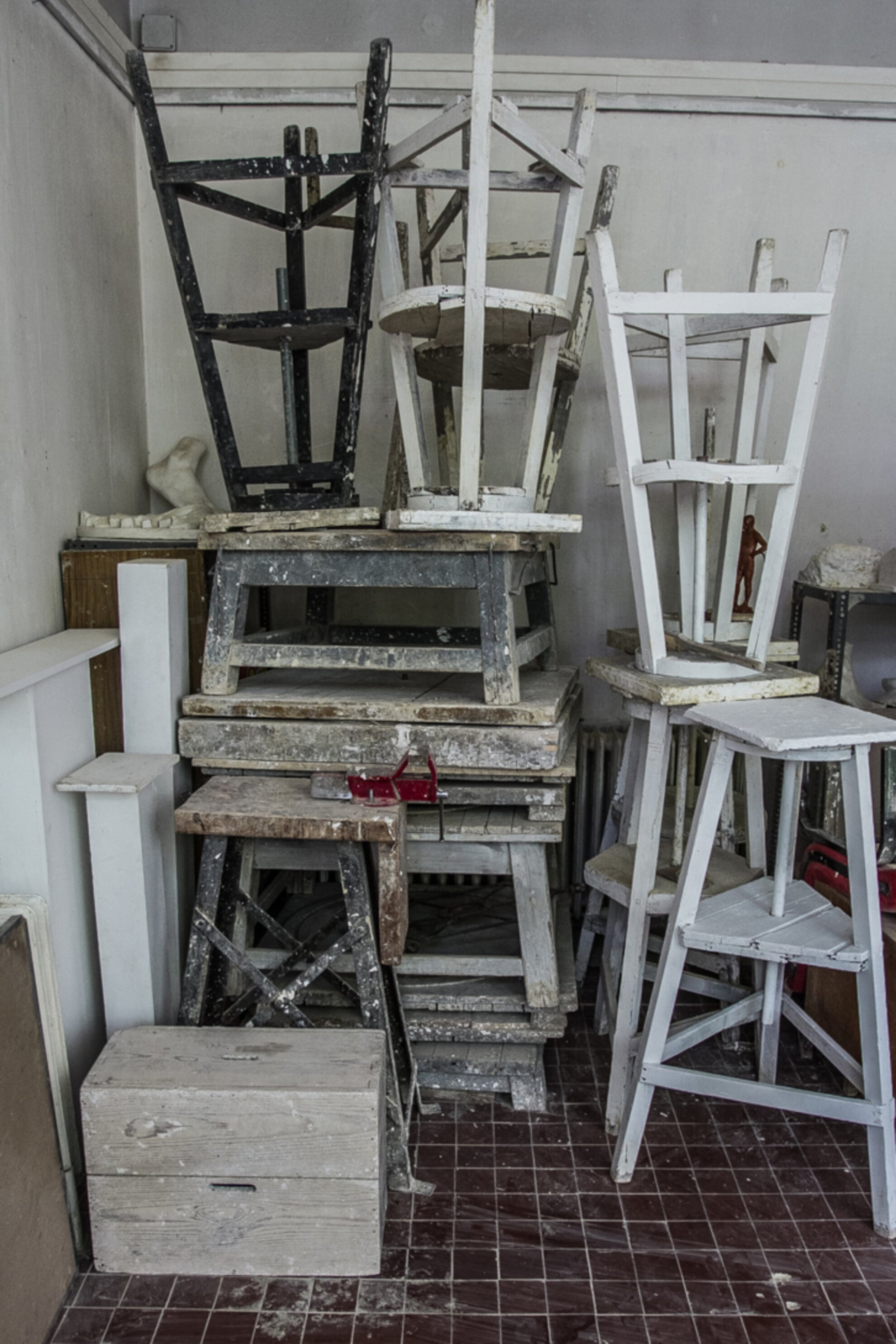
The artists' social status is evidenced by the fact that among others, Emperor Franz Joseph frequently visited Epreskert, and many others held regal soirees here.
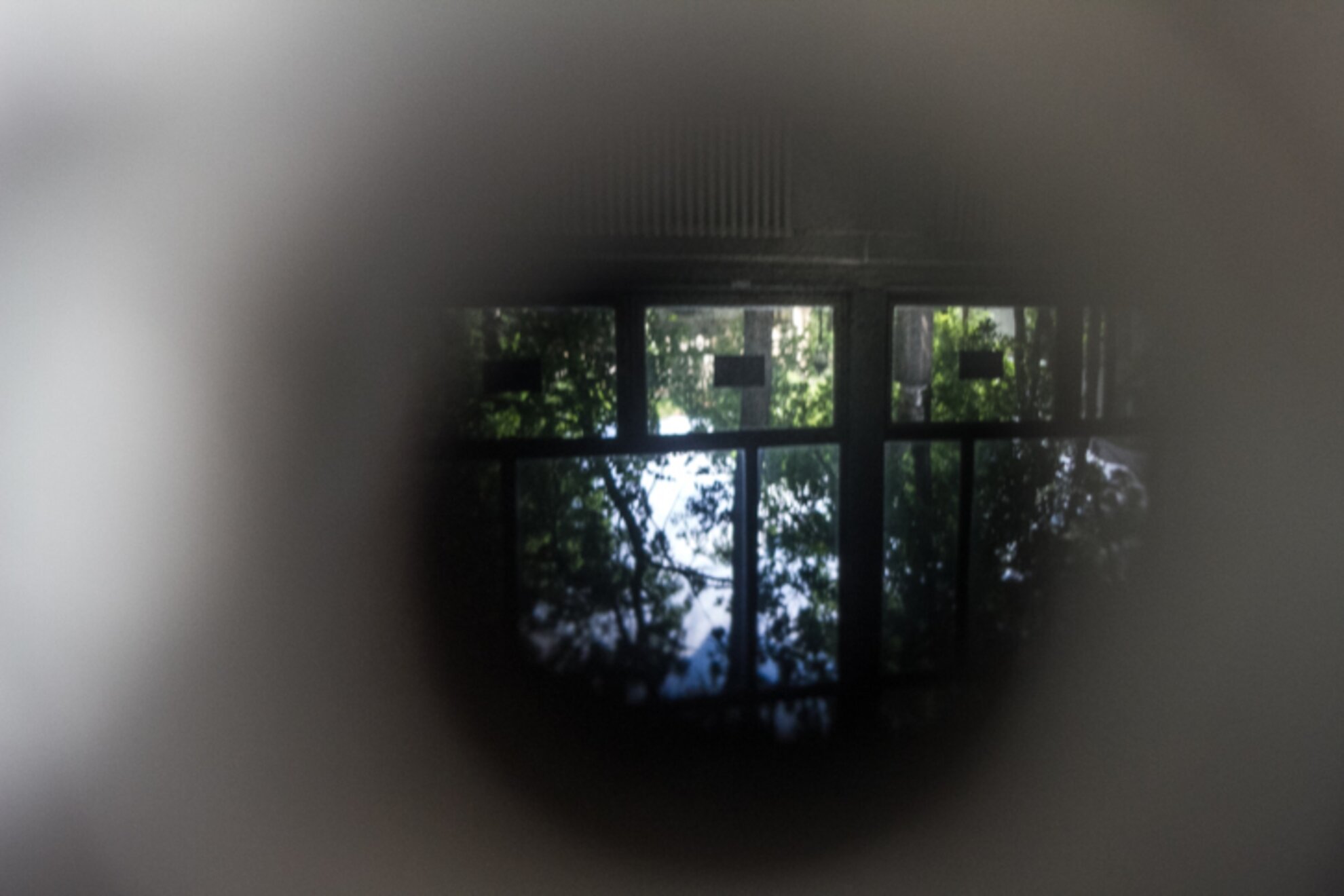
For example, Magyar sculptor Alajos Stróbl organized huge historical costume art soirees, but this is almost unremarkable in light of his other eccentricities. In the mornings, he rode out of Epreskert accompanied by bugle calls, installed a goldfish pool ornamented with a fountain in his studio, and kept all kinds of animals in his garden, like monkeys, peacocks, deer, and storks.
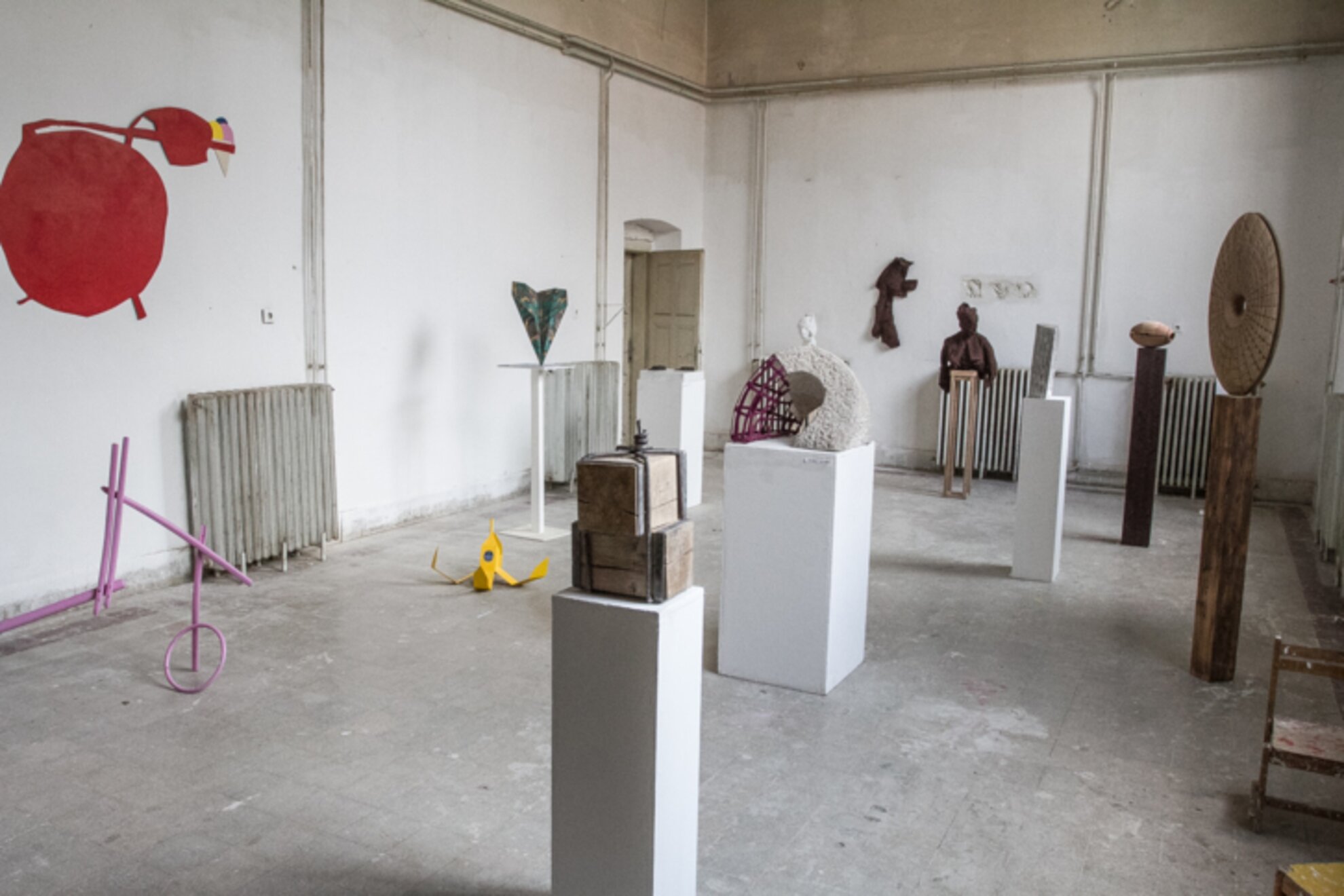
…and today
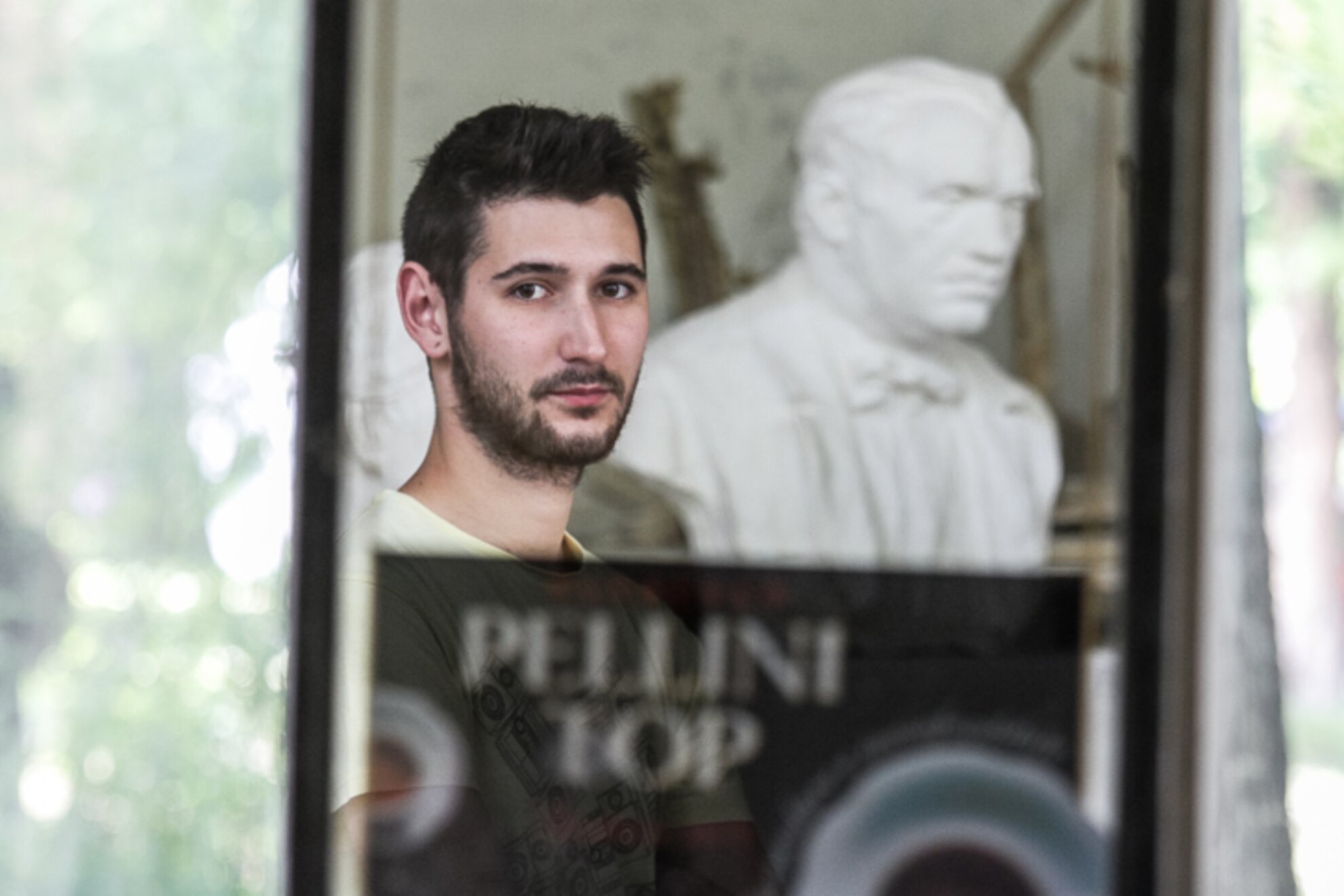
The area surrounded by the streets named after Bajza, Szondi, Munkácsy Mihály, and Kmety is part of the Hungarian University of Fine Arts today, so it can be visited only at specific times. We went to look at the year-end exhibition with Andor Becskei leading us – this talented young sculptor just finished his second year, and spends most of his time in the estate.
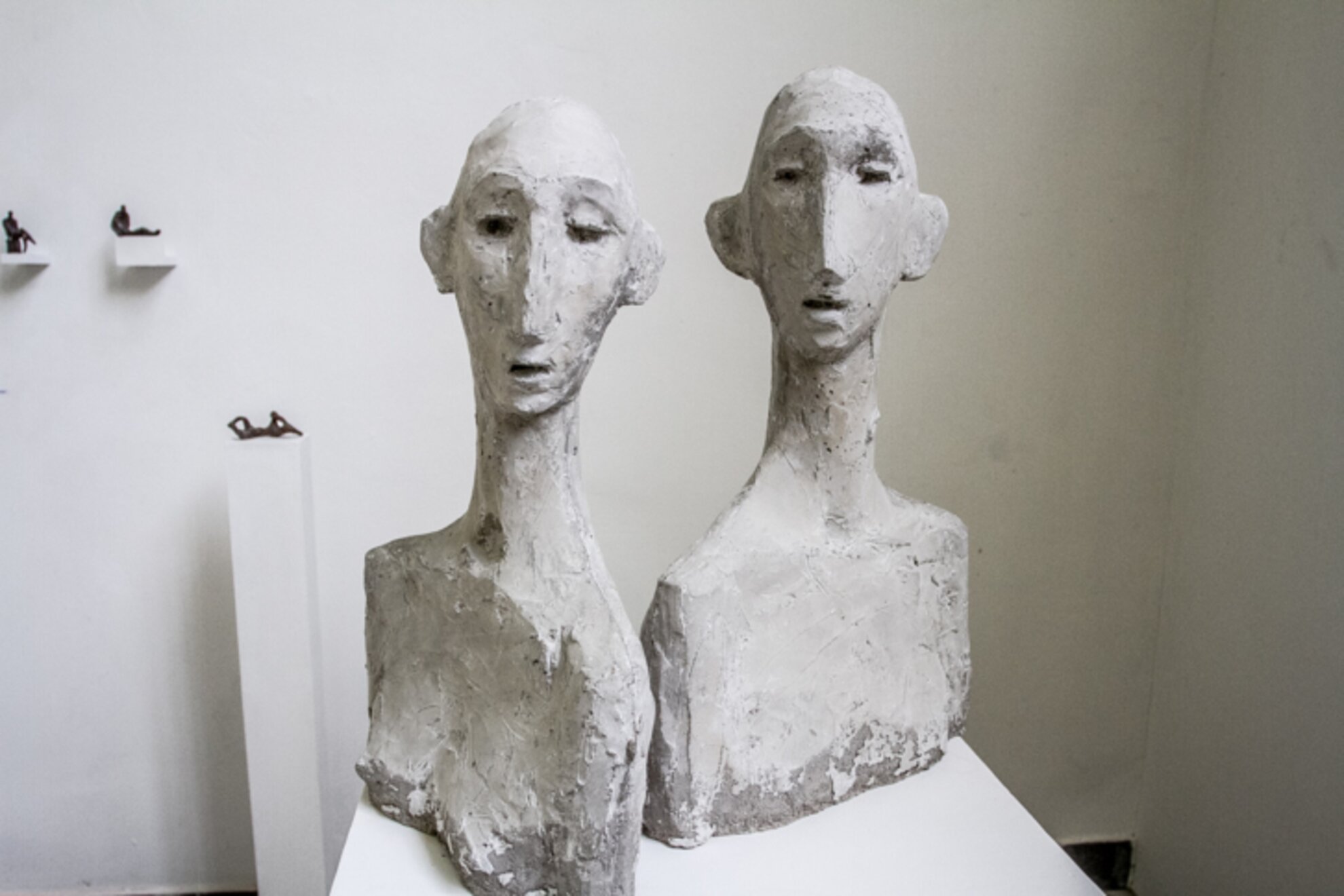
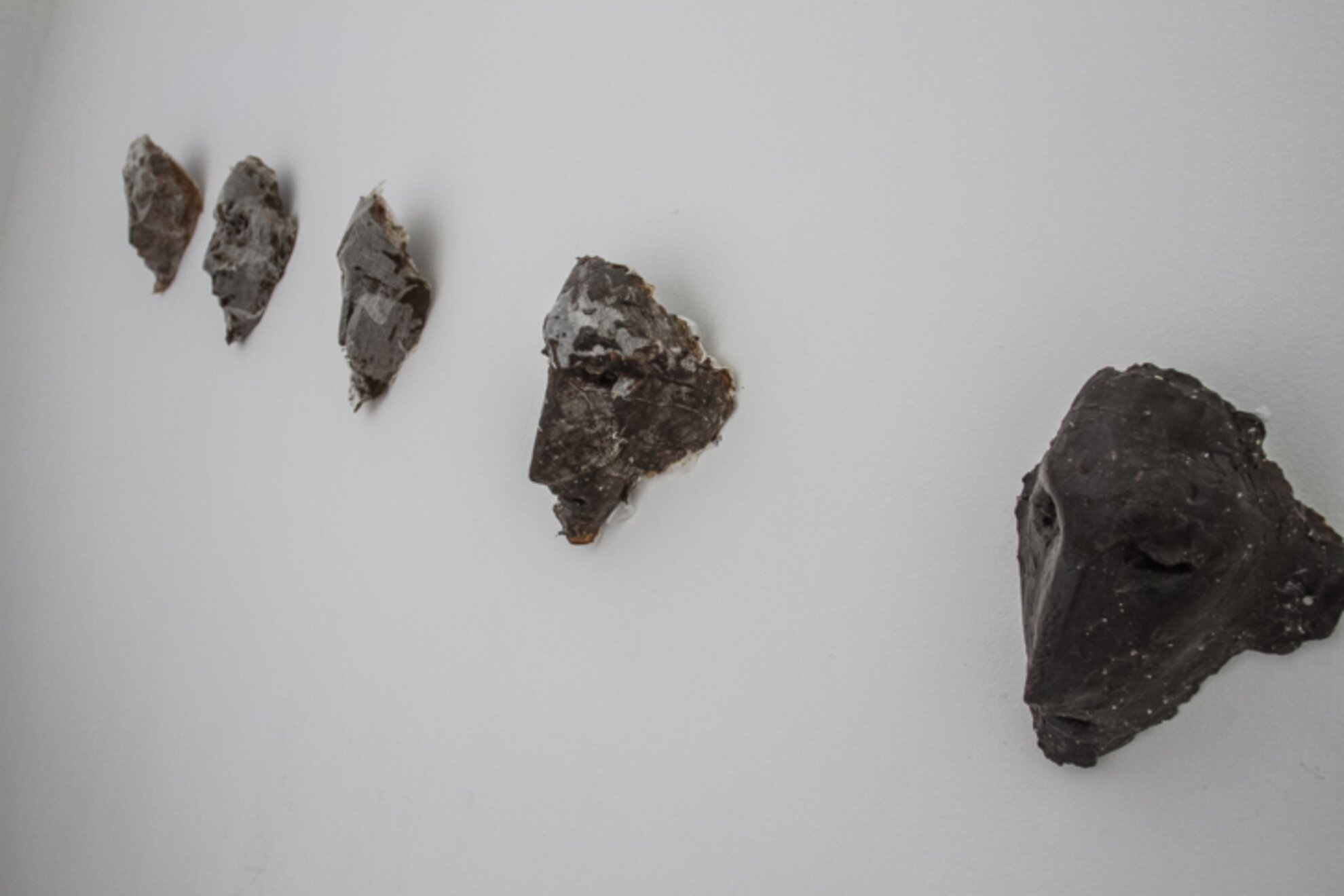
Andor's task this year was to sculpt his own face. He told us about the process of learning to form his own image, and how he got to know himself better at Epreskert – and his story was unbelievably interesting.
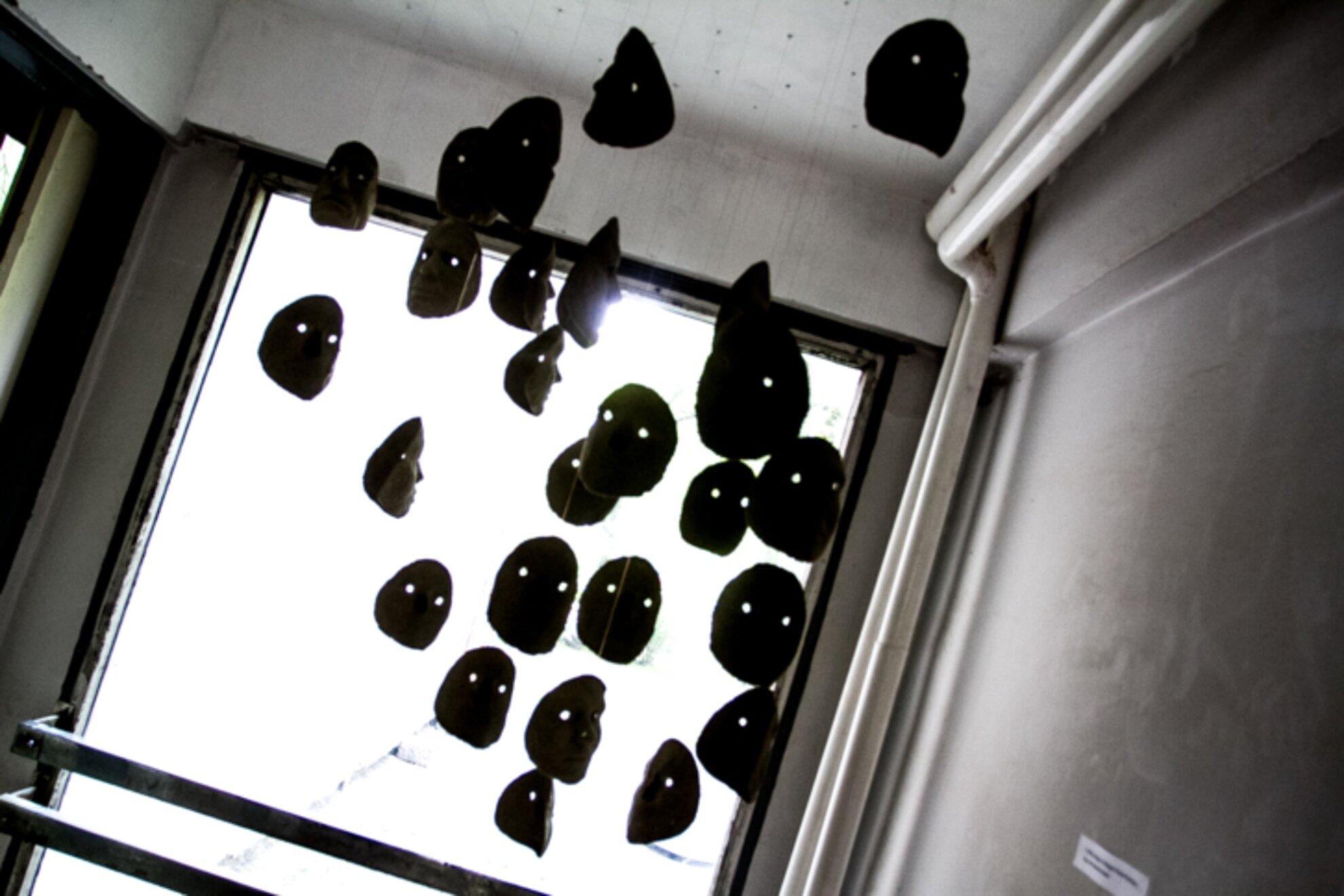
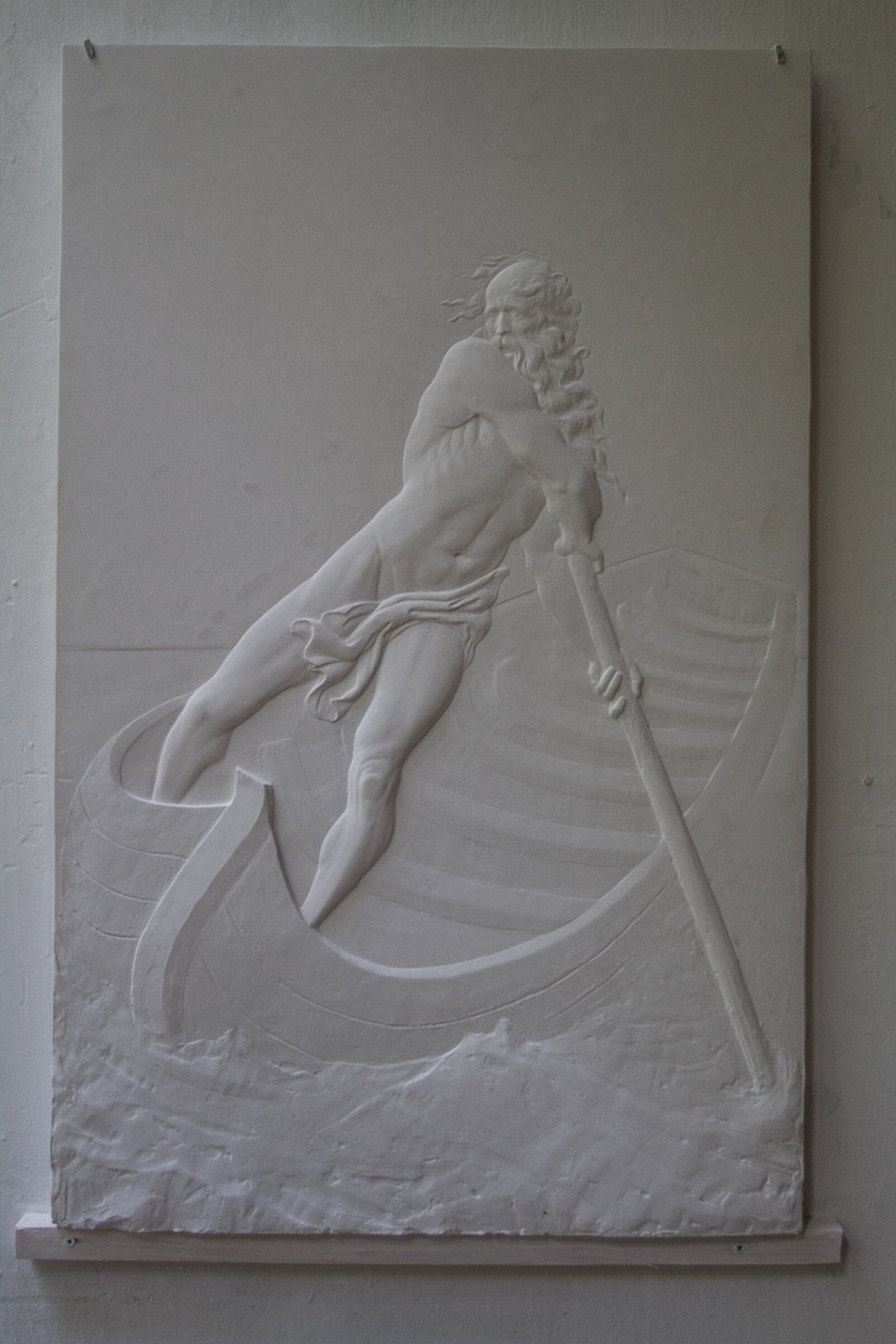
The classes here are completely different that at "normal" universities, says Andor. In the first year, everyone studies pretty much the same material, then they choose a master and gets into one of the four classes, in which they get the same tasks regardless of grades.
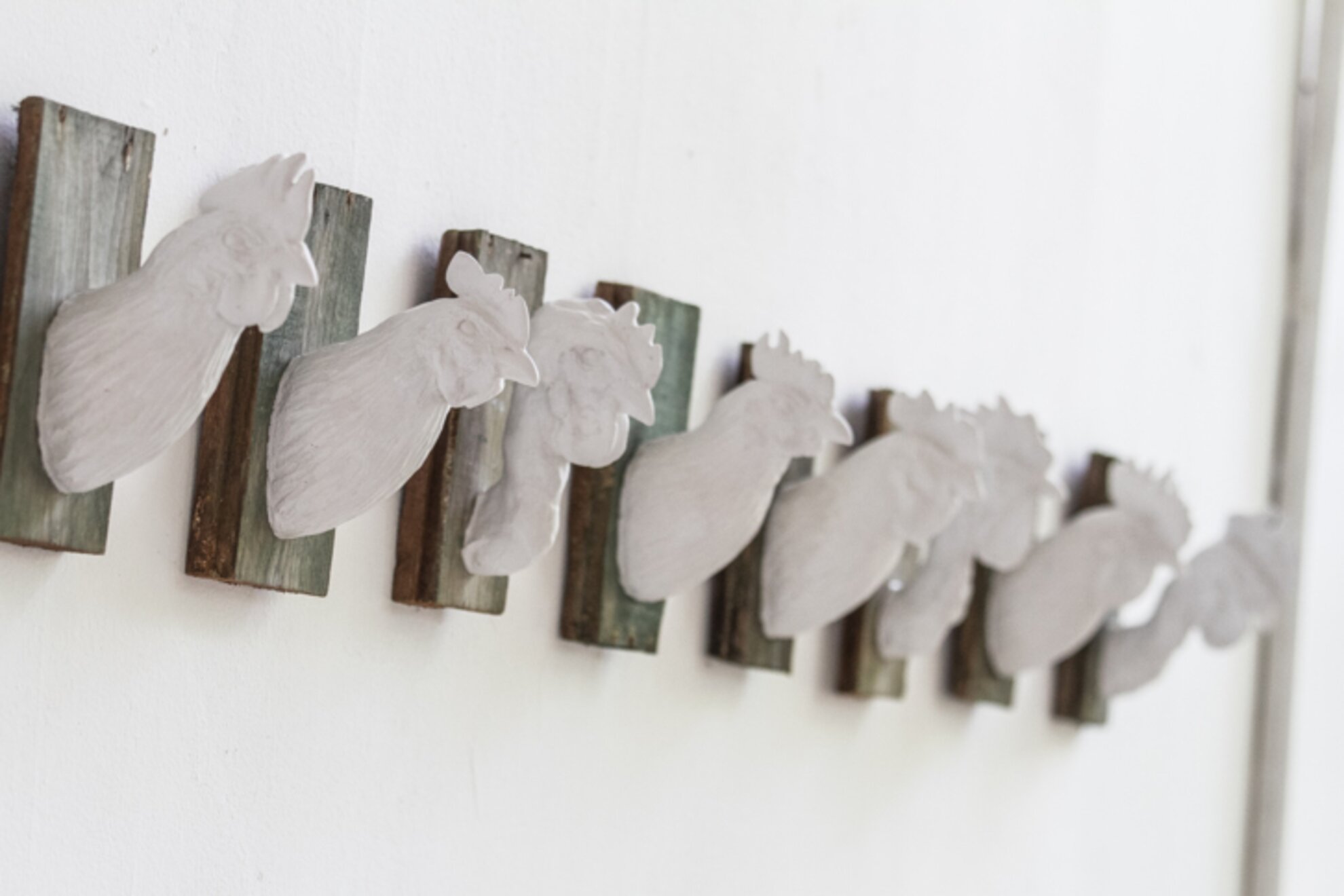
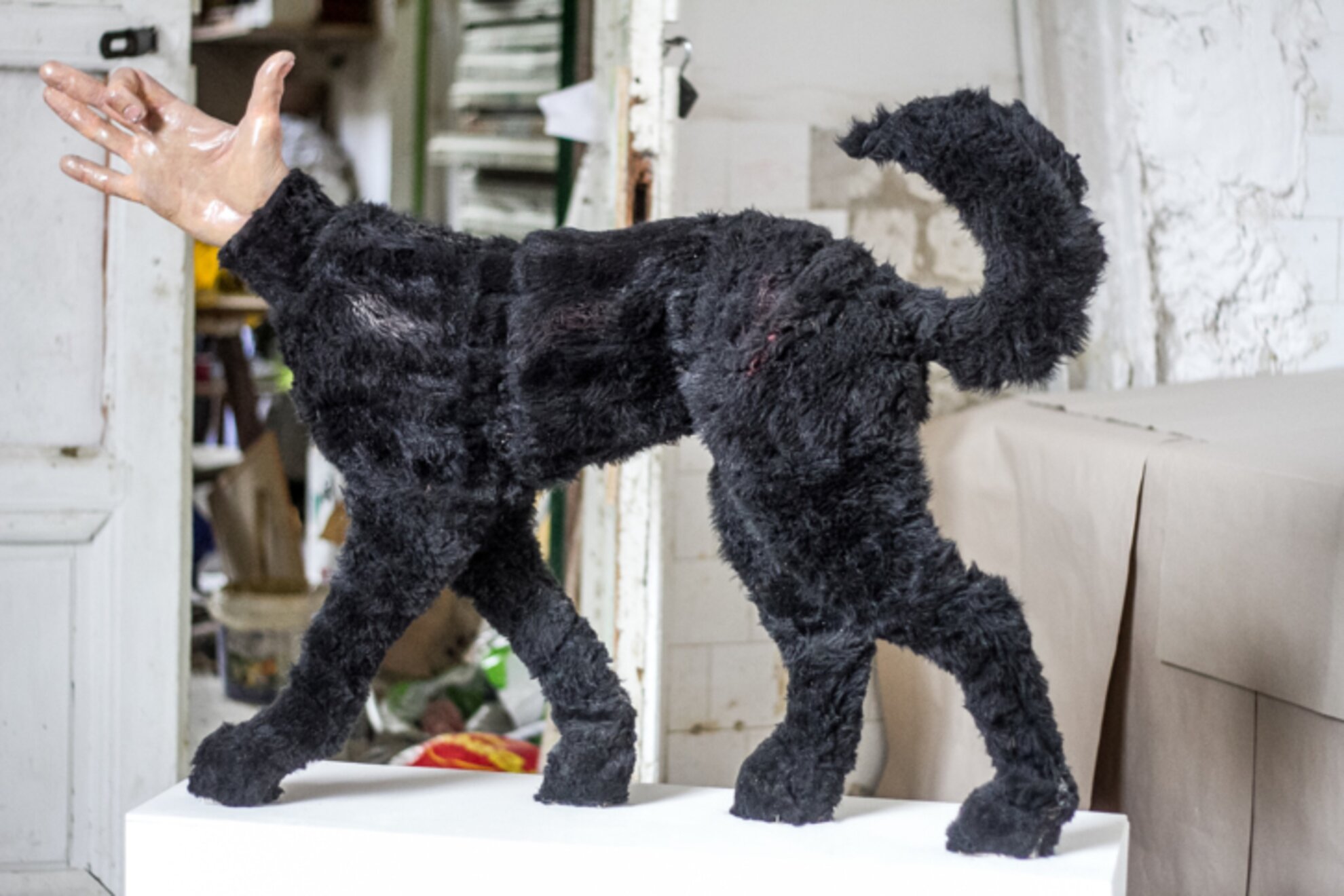
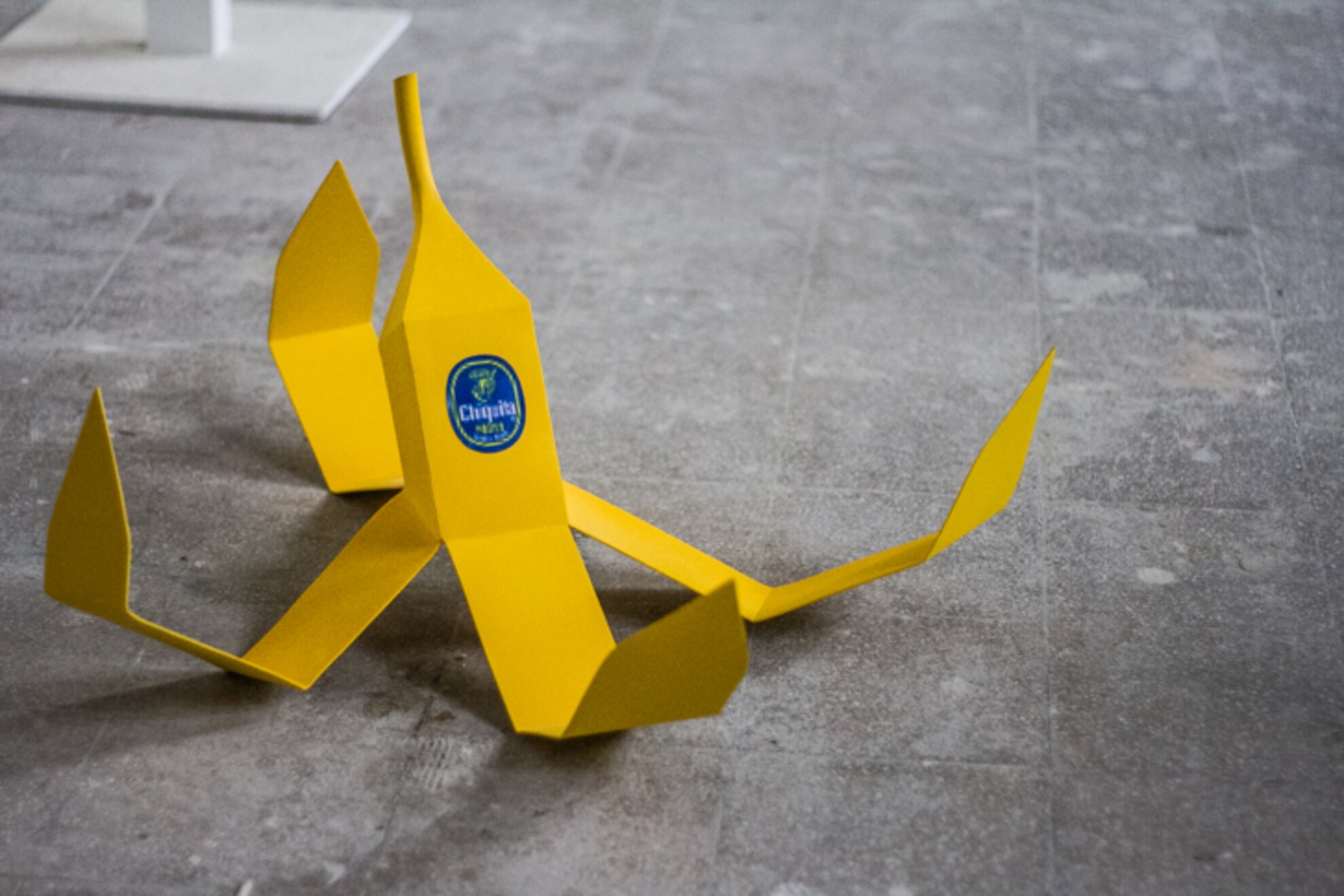
Everyone in the classes develops their own style, so it was interesting to compare the materials of the four rooms. While in one viewing space the creations were figurative, in the other the more experimental and conceptional works were dominant. The conservators exhibited a separate material as well.
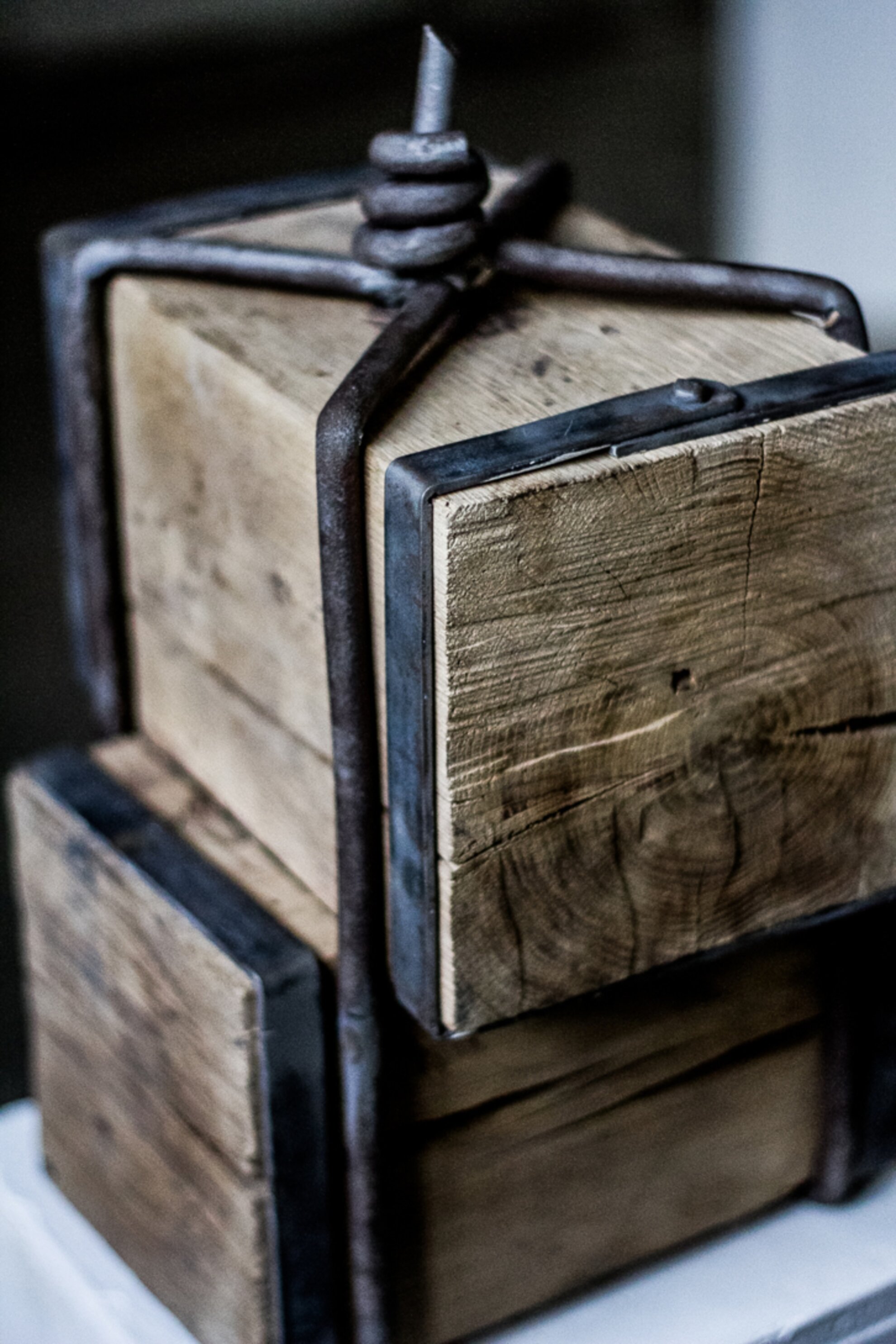
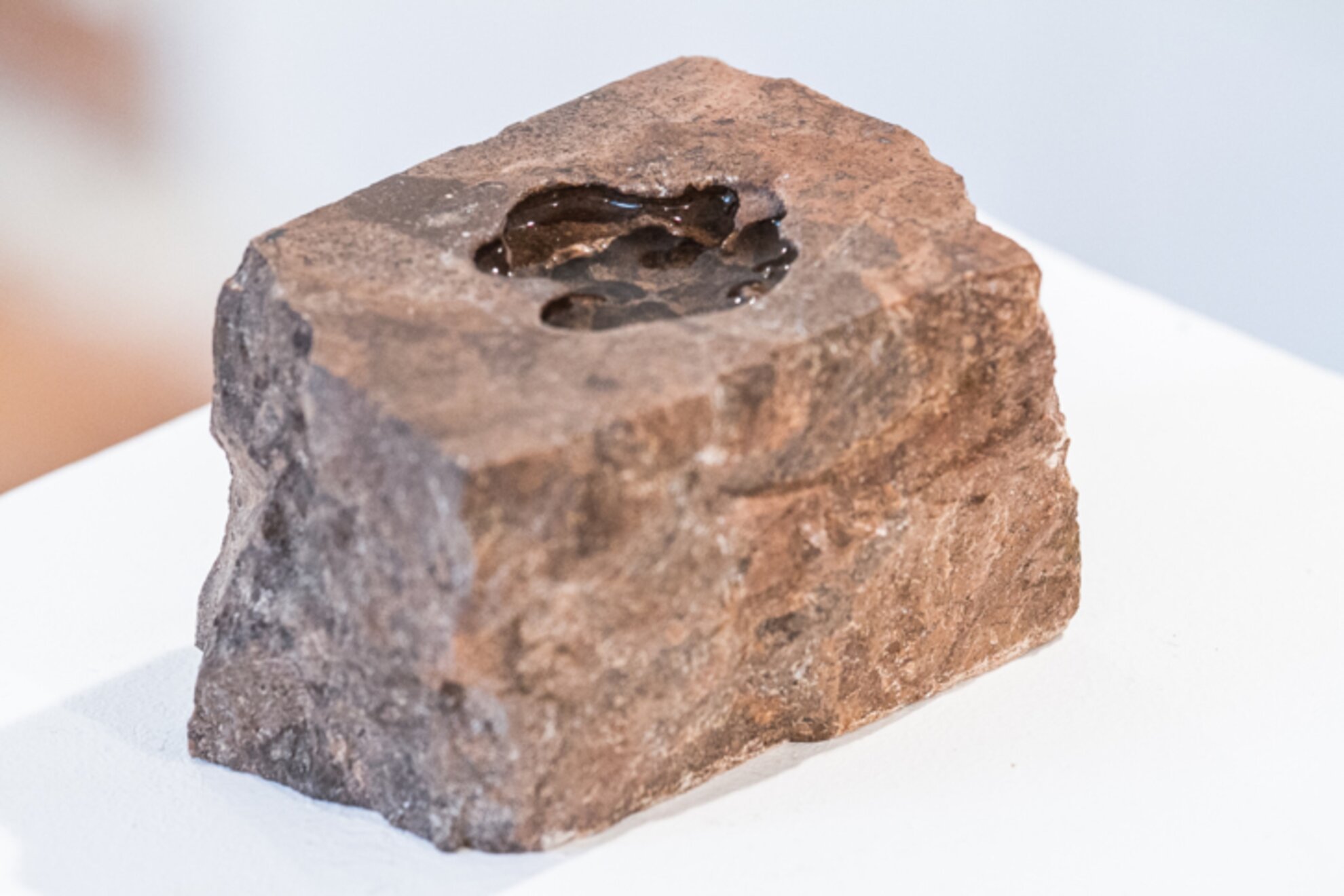
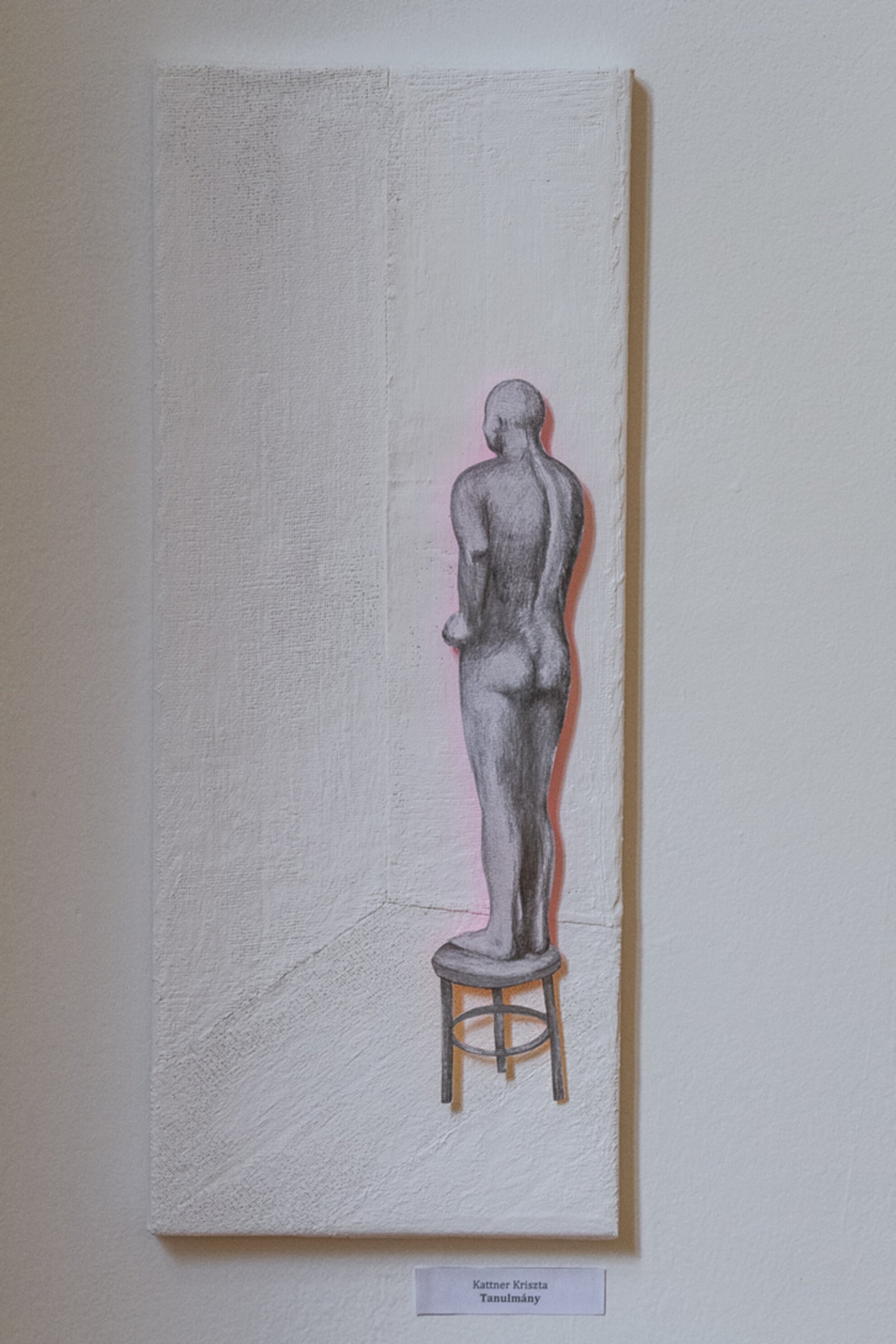
Naturally, there are theoretical lessons as well, but the majority of tasks are still practical, and so the students work together almost every day. This creates a familiar and friendly atmosphere – during our visit, said students were relaxing under the shady trees, talking and drinking beer.The whole place is a bit magical, mysterious, and beautiful, just like the high-quality works that we could look at and even touch – something you just cannot do, say, in a museum. Epreskert is worth a visit for its romantic atmosphere, scattered statues, ancient trees, and amazing buildings.
